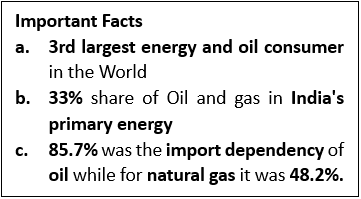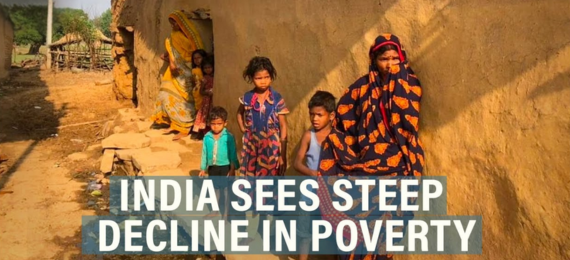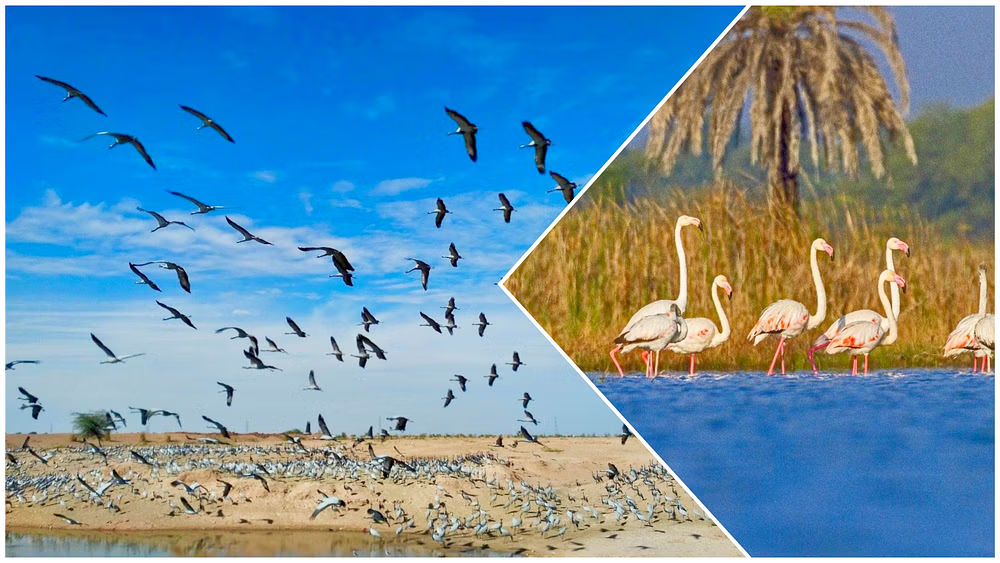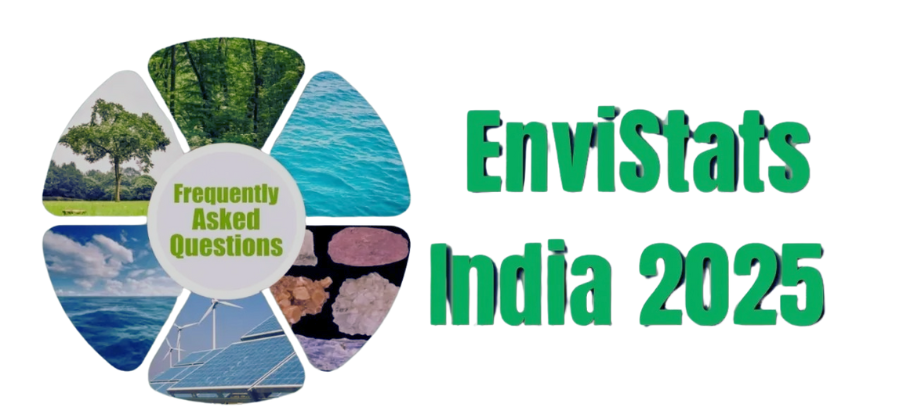- Courses
- GS Full Course 1 Year
- GS Full Course 2 Year
- GS Full Course 3 Year
- GS Full Course Till Selection
- MEP (Mains Enrichment Programme) Data, Facts
- Essay Target – 150+ Marks
- Online Program
- GS Recorded Course
- NCERT- First Ladder
- Polity
- Geography
- Economy
- Ancient, Medieval and Art & Culture AMAC
- Modern India, Post Independence & World History
- Environment
- Governance
- Science & Technology
- International Relations and Internal Security
- Disaster Management
- Ethics
- Current Affairs
- Indian Society and Social Issue
- CSAT
- 5 LAYERED ARJUNA Mentorship
- Public Administration Optional
- ABOUT US
- OUR TOPPERS
- TEST SERIES
- FREE STUDY MATERIAL
- VIDEOS
- CONTACT US
PETROLEUM EXPLORATION & PRODUCTION
PETROLEUM EXPLORATION & PRODUCTION
- Oil and Natural Gas Corporation (ONGC) has started first crude oil production from its Cluster-2 deep-sea project in the Krishna-Godavari (KG) basin in the Bay of Bengal.
-
Petroleum Basin in India
- A petroleum basin contains various rocks and sediments, crucially including source rocks where oil and gas originate.
- India has 26 sedimentary basins covering 3.4 million km2.
- Distribution:
-
- 49% on land
- 12% in shallow water (up to 400 meters depth)
- 39% in deepwater areas (up to Exclusive Economic Zone or EEZ).

-
- The Krishna-Godavari (KG) basin is a passive margin basin (transition between oceanic and continental lithosphere) in India that covers over 50,000 km2 in the Krishna and Godavari River basins in Andhra Pradesh.
- Indian Sedimentary Basins: Basins categorized into three based on hydrocarbon resource maturity:
-
- Category-I: Commercially established & producing basins (Total 7 basins).
- Category-II: Prospectivity (tool that helps allocate exploration resources efficiently) identified (5 basins: Kutch, Mahanadi-North East Coast, Andaman-Nicobar, Vindhyan, Saurashtra).
- Category-III: Prospective (14 basins: Himalayan Foreland, Ganga, Kerala-Konkan-Lakshadweep, Bengal, Karewa, Spiti-Zanskar, Satpura-South Rewa Damodar, Narmada, Deccan Syneclise, Bhima-Kaladgi, Cuddapah, Pranhita-Godavari, Bastar, Chhattisgarh).
-
- Methods of Extracting Crude Oil:
-
- Offshore drilling in marine environments like the Arabian Sea or Bay of Bengal.
- Onshore drilling on land across various sedimentary basins in the country.
-
- Oil and Gas Production: ONGC is India’s largest oil and gas producer which contributes 72% of the country’s hydrocarbon production.
-
Steps for Enhancing Petroleum E&P

- The formation of the Directorate General of Hydrocarbons (DGH) aims to manage oil and natural gas resources efficiently.
- Streamlined approval processes via digitization and standardization on the e-platform.
- The National Data Repository (NDR), launched in 2017, facilitates Exploration & production (E&P) activities by serving as a government data bank.
-
- NDR is a government-sponsored data bank that stores, maintains, and reproduces data about E&P. It is part of the Directorate General of Hydrocarbons in the Ministry of Petroleum and Natural Gas.
-
- The NDR is being upgraded to a cloud-based facility with virtual data rooms for investors' 24x7 access.
- The India Hydrocarbon Vision 2025 outlines development targets for the sector. d
- 100% FDI through automatic route for exploration activities, infrastructure related to petroleum products and natural gas marketing, etc.
- National Seismic Programme (NSP) aims to undertake a fresh appraisal in all sedimentary basins across India.
-
Significance of Indigenous Petroleum E&P
- Reduction in Import Bill: India's crude oil import, accounting for 85%, can be curtailed by increasing indigenous petroleum production.
- Strategic Importance: Mitigates vulnerability to global geopolitical uncertainties, supply disruptions, and price fluctuations.
- Revenue Generation: Indigenous petroleum production contributes to government revenue through taxes, royalties, and profit-sharing agreements.
- Employment Generation: Creates jobs in exploration, production, refining, and distribution.
-
Challenges and Solutions:
Challenges |
Solutions |
|
E&P units require substantial capital investment for expensive equipment and skilled labour. |
Seek joint ventures with global companies. Provide stable tax regimes and incentives. |
|
Advanced drilling technologies are necessary to extract petroleum from complex geological formations. |
Collaborate with academia for research and technology access. |
|
E&P activities pose risks of spills, leaks, and accidents, as seen in events like the recent Ennore oil spill in Tamil Nadu. |
Utilize advanced spill control technologies. Conduct comprehensive training on spill prevention and response protocols. |
|
Drilling, pipelines, and infrastructure can lead to habitat loss and harm wildlife. |
Implement sustainable E&P practices. Partner with biodiversity boards for environmental studies and response planning. |
|
Local communities may be displaced, leading to social and cultural challenges. |
Conduct impact assessments for community mitigation. |
-
About Hydrocarbon Exploration and Licensing Policy (HELP)
- HELP, introduced in 2016, replaced the New Exploration Licensing Policy (NELP).
- Provides a single license for Exploration and Production (E&P) covering various hydrocarbons like conventional oil and gas, CBM, shale oil, gas hydrates, etc.
- Shifted from a Profit-Sharing Model to a Revenue Sharing Contract model.
-
- A revenue sharing contract (RSC) is an agreement between a contractor and the government in the hydrocarbon industry.
-
- Open Acreage Licensing Policy (OALP) allows investors to choose blocks by evaluating National Data Repository (NDR) information.
-
- OALP is a policy reform introduced in 2016. The policy allows companies to explore hydrocarbons like oil and gas, coal bed methane, and gas hydrate in areas that the government does not notify.
-
- Introduces features like reduced royalty rates, marketing and pricing freedom, and year-round bidding.



